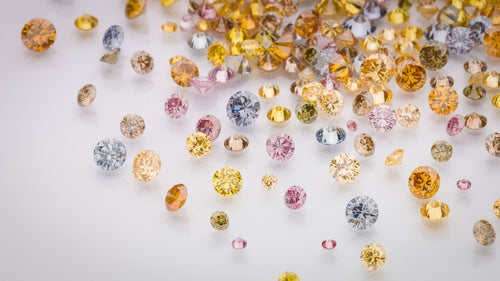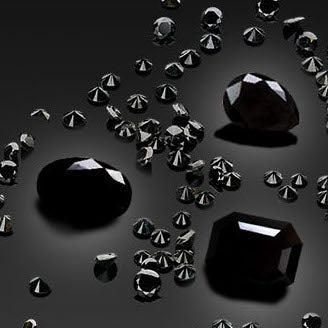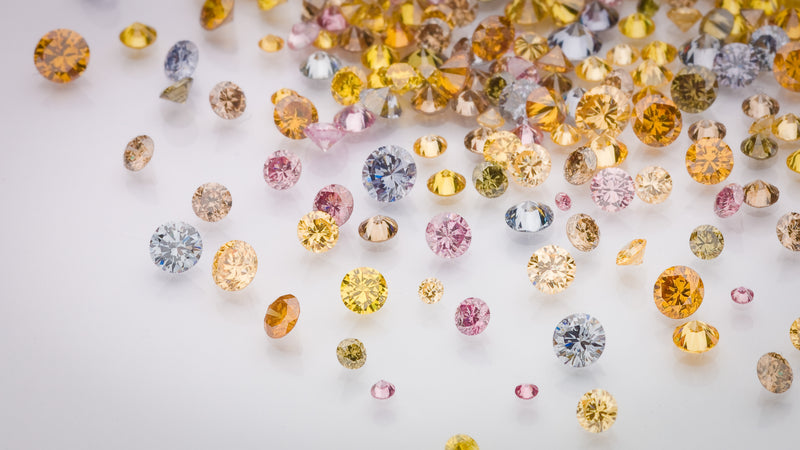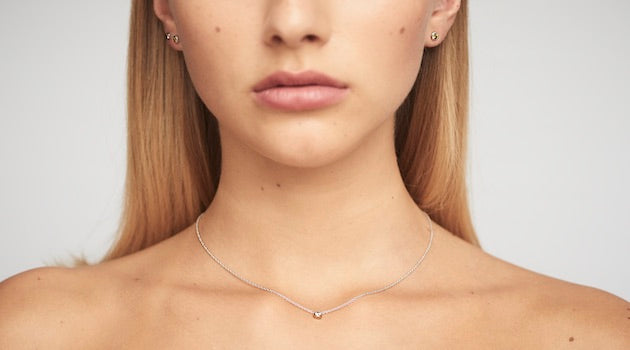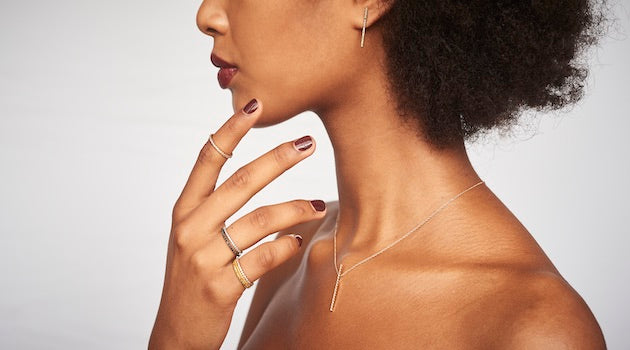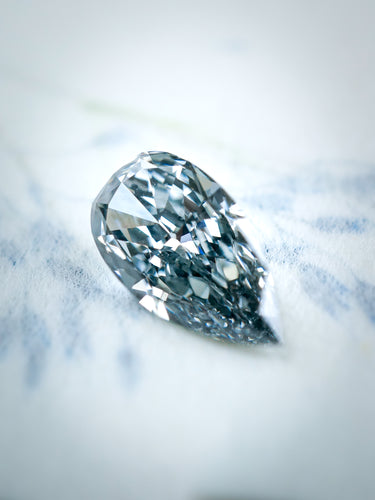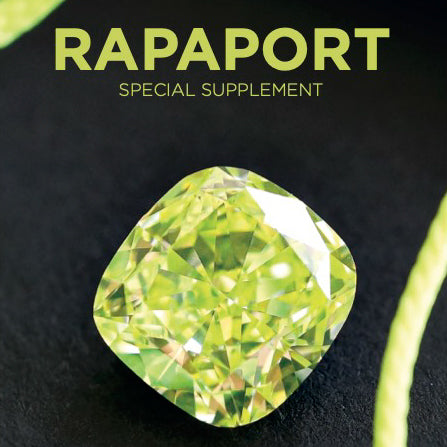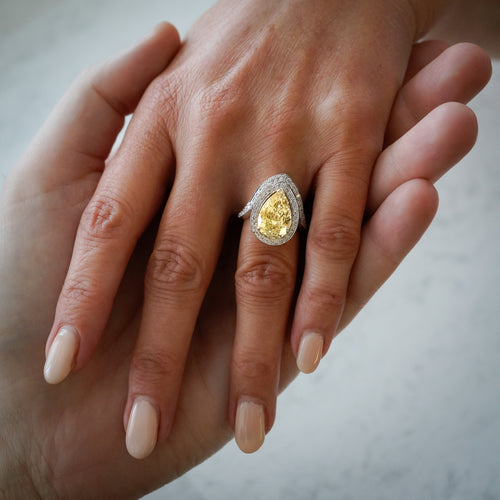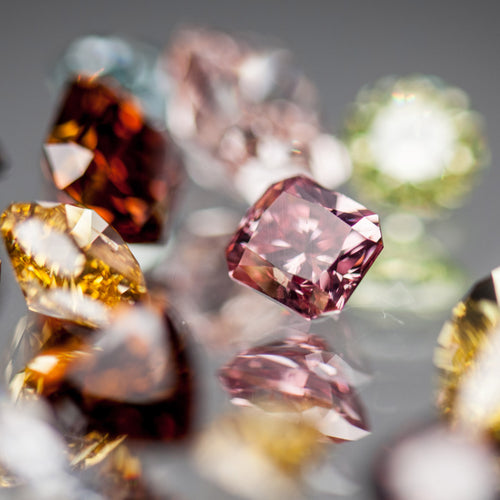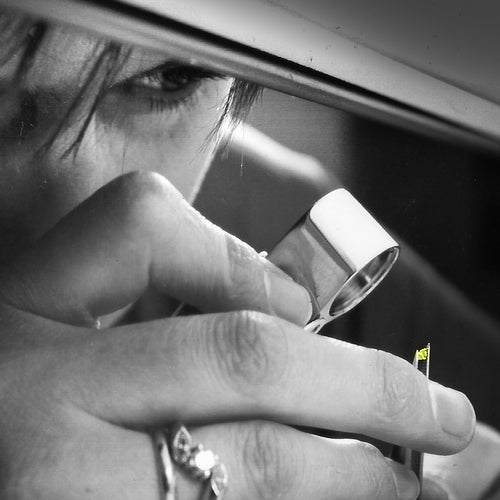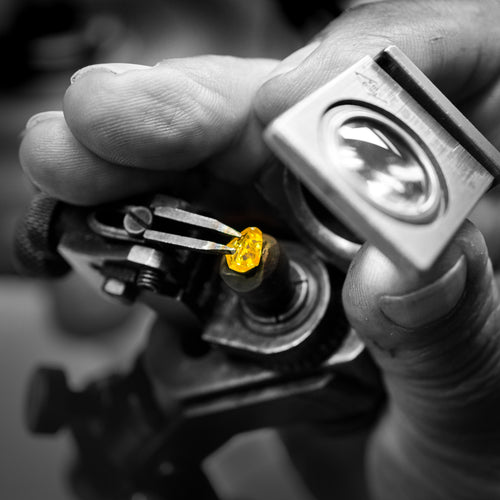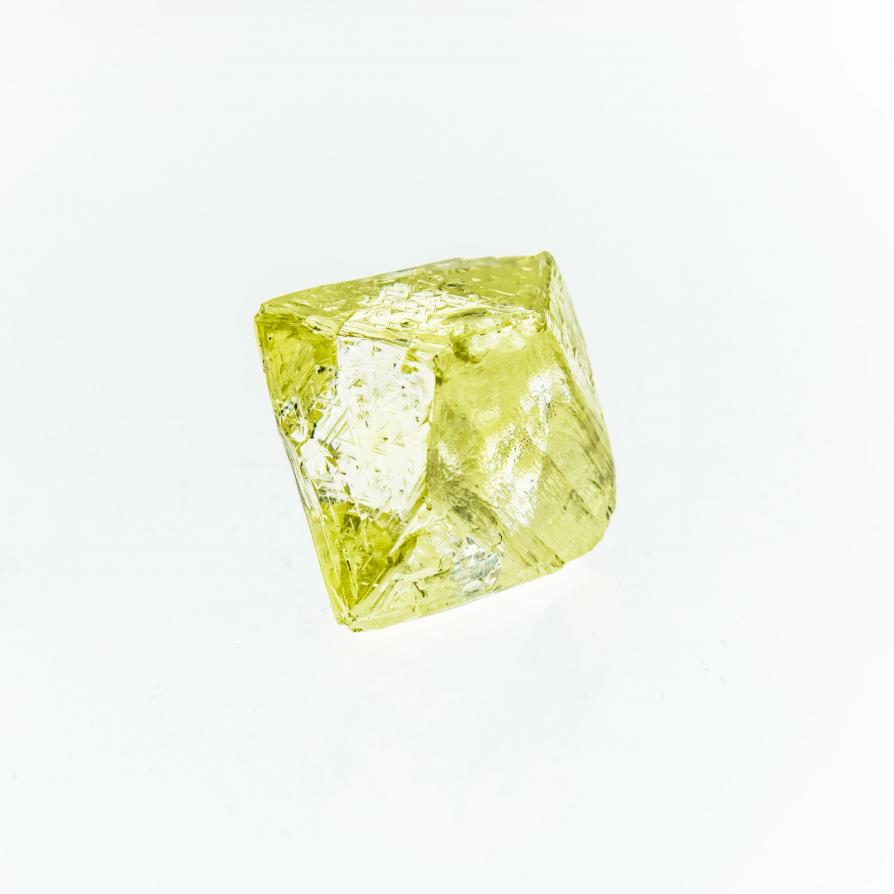

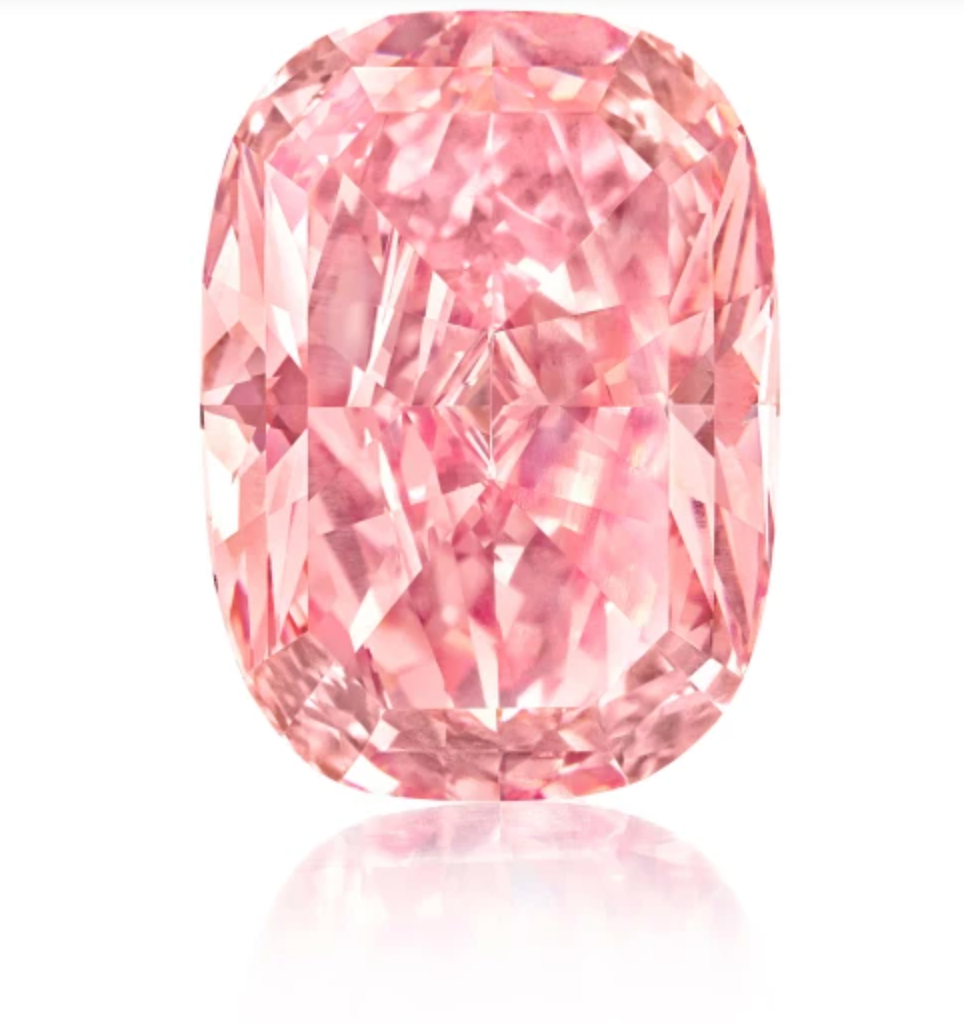
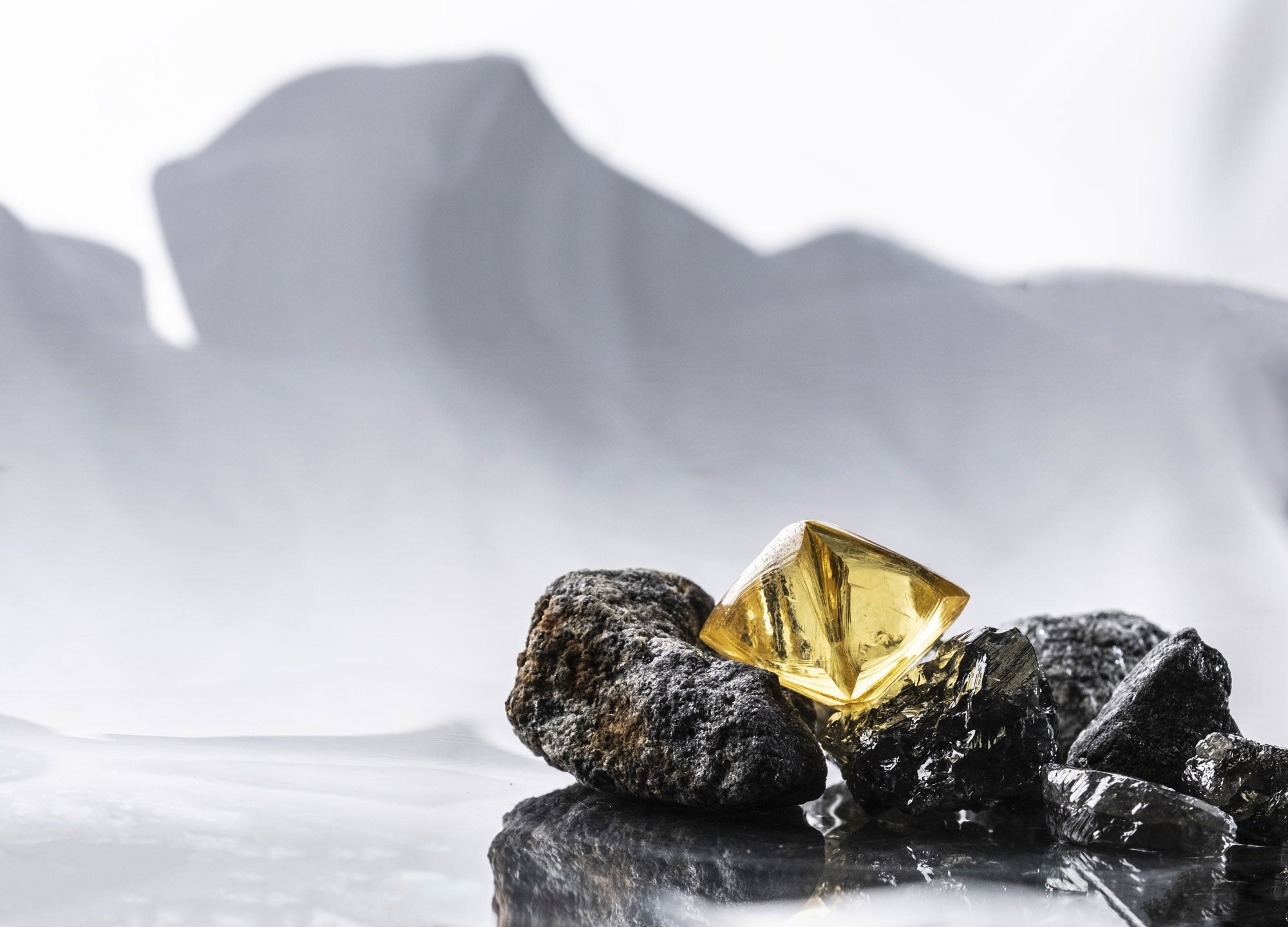
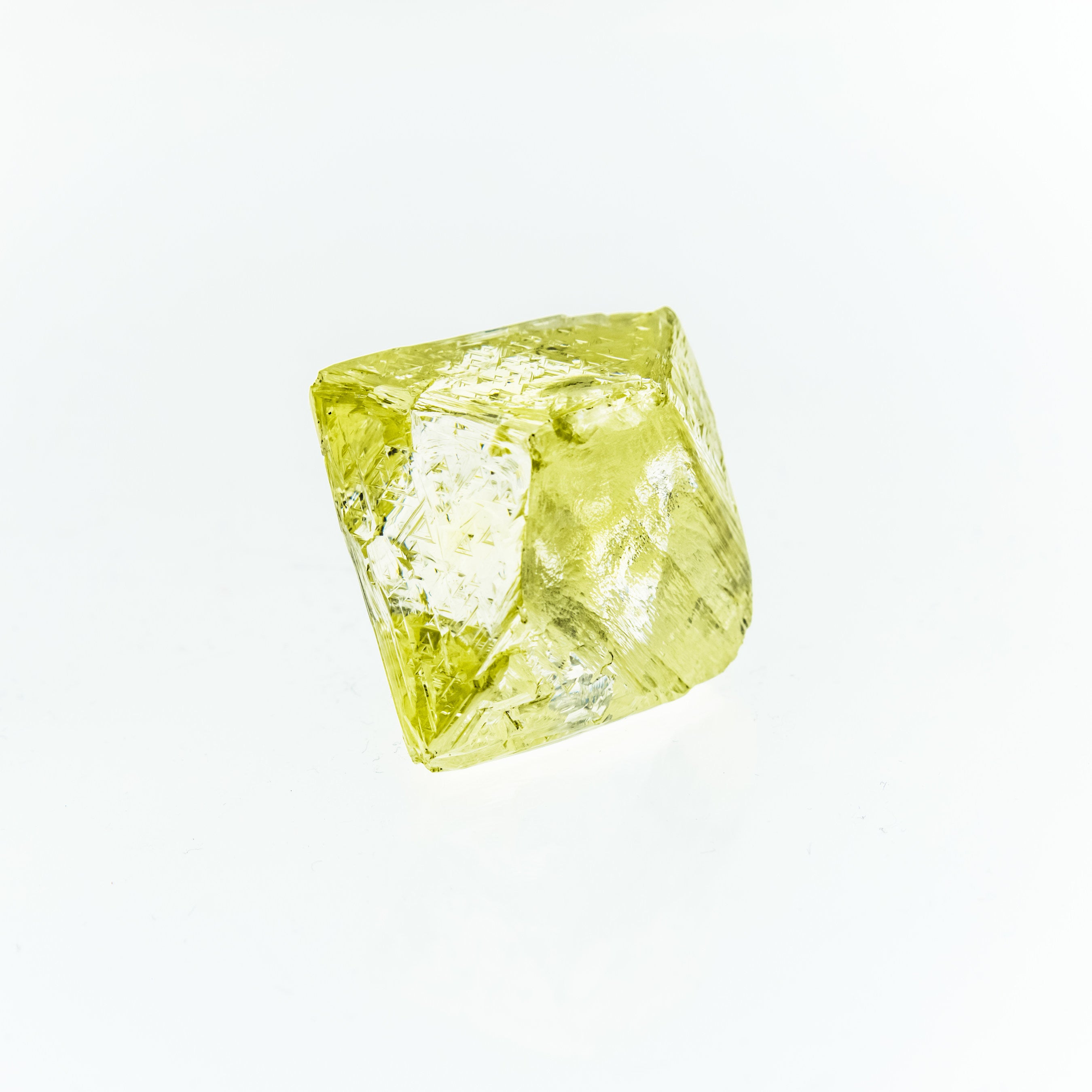
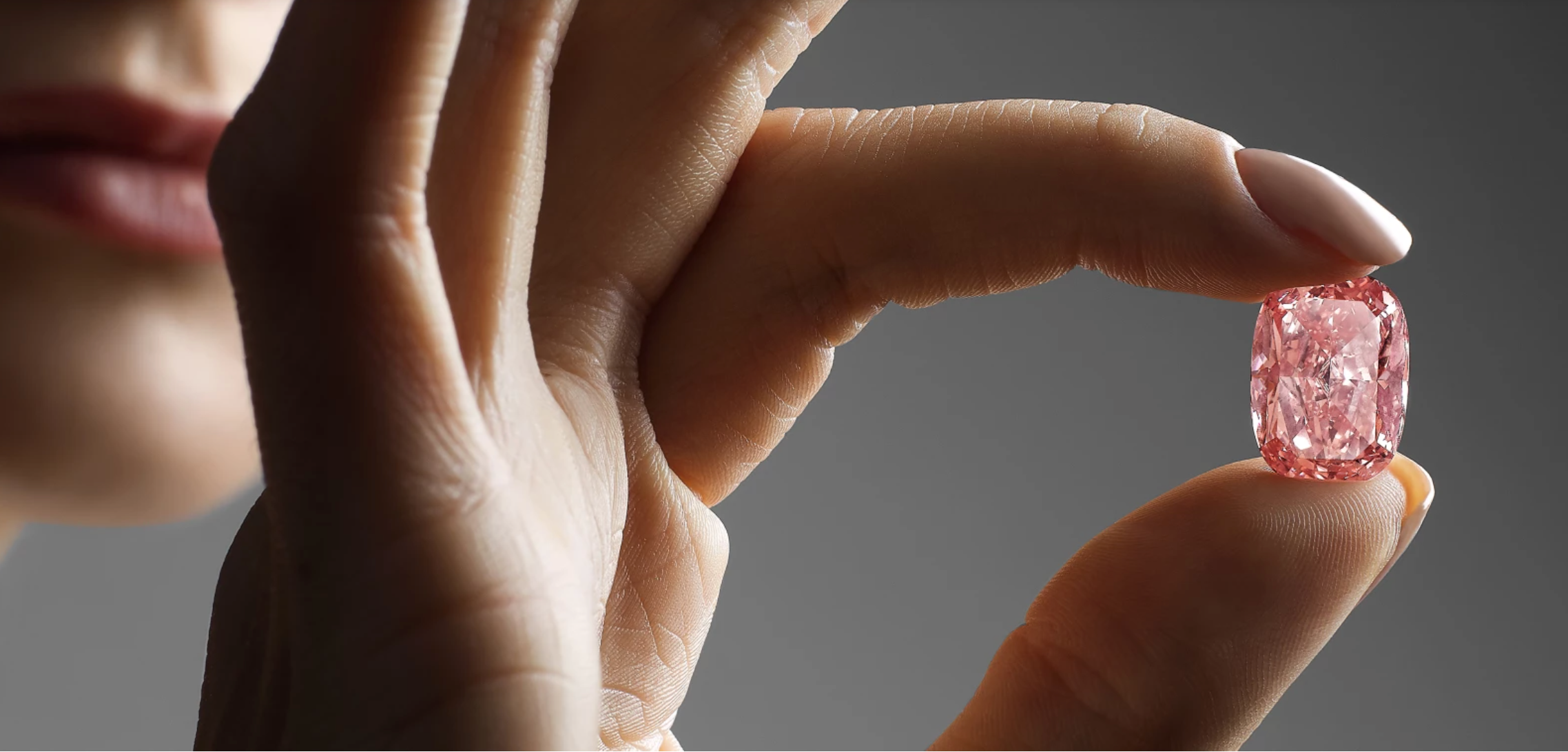
Bonhams New York Jewelry Sale Achieves $6 Million
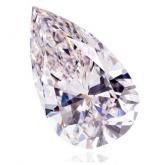
Rapaport... Oct 22, 2013 4:11 PM By Jeff Miller
Bonhams auction of fine jewelry in New York achieved nearly $6.3 million and was 85 percent sold by lot. The top lot sold for $461,000 and featured a 5.85-carat, oval-cut Kashmir sapphire and diamond ring. The auction house stated that the ring ignited a phone bidding war and the final price realized was more than four times the presale estimate.
Diamond sale highlights included an 8.06-carat, pear-shaped, natural fancy light pink diamond that achieved $389,000 (pictured) and an 8.45-carat diamond, platinum and 18-karat gold ring that sold for $293,000, more than triple its presale estimate.
Susan Abeles, Bonhams' head of U.S. jewelry, said, "We are delighted with the results of the October 17 auction, which saw a remarkably strong market response to sapphires of various origins.''
The top 10 lots fell evenly between those on the phones and participants in the room, according to Bonhams. Sapphires performed well, with a diamond, sapphire, and emerald bracelet attributed to Louis Comfort Tiffany, surpassing its estimate to sell for $125,000. Coming from an important Russian collector, a Burmese sapphire art deco ring by Grogan more than doubled its pre-auction estimate at $112,500. A Tiffany & Co. sapphire and diamond ring designed by Jean Schlumberger, one of nearly two dozen iconic pieces from the legendary designer on offer, doubled expectations to bring $93,750.
Natural pearls also proved popular, as demonstrated by a Tiffany & Co. belle époque natural pearl and diamond necklace that sold for $149,000, more than seven times its pre-auction estimate. An antique gem-set and diamond brooch designed by Gustave Baugrand depicting a peacock perched atop a cultured pearl reached $87,500, quadruple its presale estimate.
